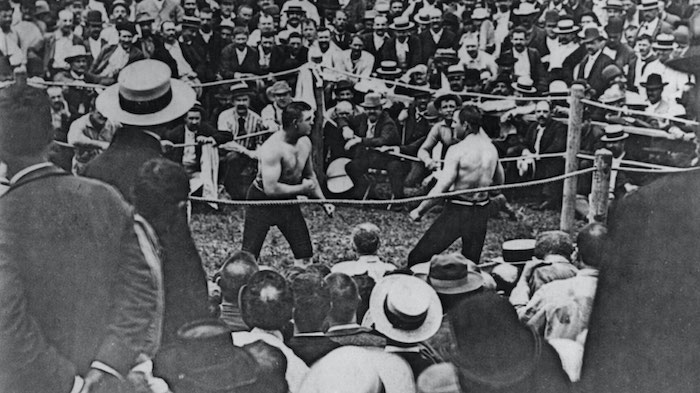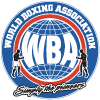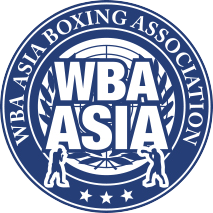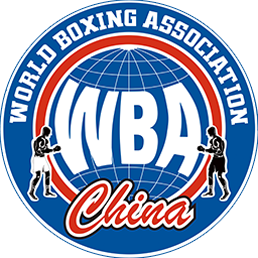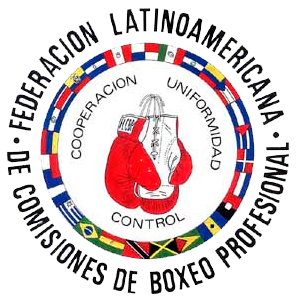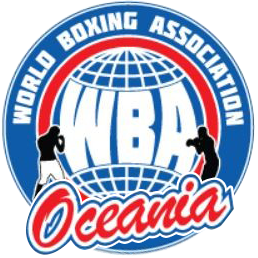There are certainly not many regulations in the history of boxing that have been as important as those popularly known as the 12 Rules of Boxing of the Marquis of Queensberry, spark plugs that have driven and served as an engine and guide to the sport for 158 years. Five of these rules are still in force since they were drafted by the English trainer and journalist John Graham Chambers under the patronage of the Marquis and whose name they bear. They were applied in the UK from about 1865 to 1867, then in the USA and Canada by 1889, and later spread to the rest of the world.
It has been more than five years since we wrote about the subject, however, we bring it up again today thanks to the question asked a few days ago by an old friend and fan of the sport, whose origin is supposed to date back some 7,000 years in the disappeared kingdom of Abyssinia in East Africa, today Ethiopia.
This writing will serve to answer my friend and as information to those new boxing fans, so, we will take a quick trip back to 1865, the year in which were born the so-called rules of the IX Marquis of Queensberry, John Sholto Douglas, English aristocrat who lent his name for posterity and who was actually only the promoter of the new code consisting of 12 regulations, 5 of which are still in force, such are the 3-4-6-9-11 with slight modifications at the present time.
They also included only 8 weight divisions – today there are 18, with the Bridger, between cruiser and heavy, created and still only recognized by the WBC – which were the fly, bantam, feather, lightweight, welter, middle, Light heavyweight and heavyweight.
The British trainer and journalist John Graham Chambers, member, and founder of the London Amateur Athletic Club, drafted them in 1863 and made them public 2 years later for their mandatory application in 1865 in the United Kingdom initially and then, in 1889 in Canada and the United States and later in all countries where boxing is active.
These rules came to replace the 23 of the London Prize Ring, of 1838–in turn replacing the 7 of 1743 created by the former heavyweight champion Jack Broughton–and that put an end to the traditional clean hands fight of 2 centuries ago, as well as the fights that ceased when one of the opponents fall exhausted or died.
In the dozen Queensberry rules, apart from the obligatory use of gloves, the 3rd and 4th stand out, referring respectively to the duration of 3 minutes per round with 1 minute of rest and the end of the fight if the fallen fighter does not react and stands up 10 minutes after being knocked down. As they remain today.
In this very brief account it is unavoidable to mention John Lawrence Sullivan (1858-1918), “Boston Strong Boy”, the first American boxer to win more than $1 million and the last world heavyweight bare-knuckle champion, as well as the first with gloves, a merit that some also give to James J. Corbett, Sullivan’s only winner, who left the ring with an unofficial record of 38 wins, 32 knockouts, 1 loss and 1 draw. Others say 41(36)-1-3.
Sullivan won the championship in a clean sweep over Paddy Ryan with a 9 round KO in February 1882 and retained it 7 years later against Jake Kilrain on July 8, 1889, in a fierce 120+ minute fight that Sullivan decided in the 75th round.
Before Kilrain, on 8/29/1885, he knocked out Dominic McCaffre in 6 in Cincinnati in the first gloved fight in history. After 5 more bouts without the title on the line and the Kilrain engagement, he retired in 1889. He returned to blemish his record against Corbett in 21 rounds on 7/9/92 at the Olympic Club in New Orleans.
Let’s go back for a few more lines to the real father of the rules, John Graham Chambers, to state that he was also the one who came up with the idea of raising the ring to 91 centimeters from the ground (and no more than 1.22m) to offer a better view to the spectators. Originally 7.30 meters long, with 2 ropes per side, over the years the ring became 3 ropes per side and then 4 (16), as it is today. At that time its dimensions were fixed between 4.90 to 6.90 meters, with a height of no less than 0.90 meters from the ground and no more than 1.22 meters, as we indicated.
This is the end of this old story, which is much longer.


